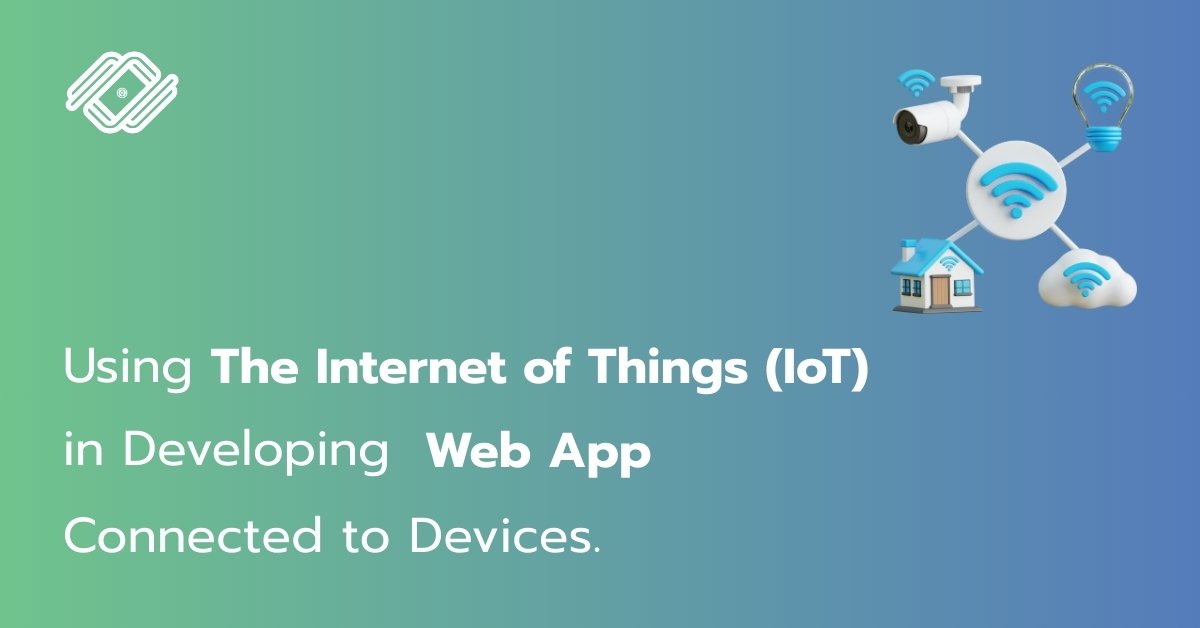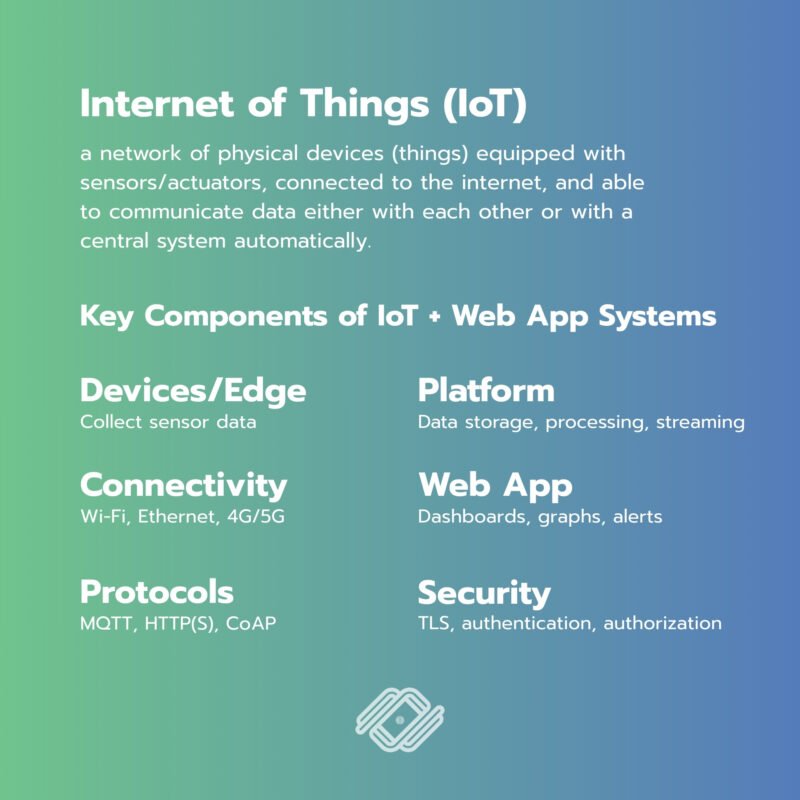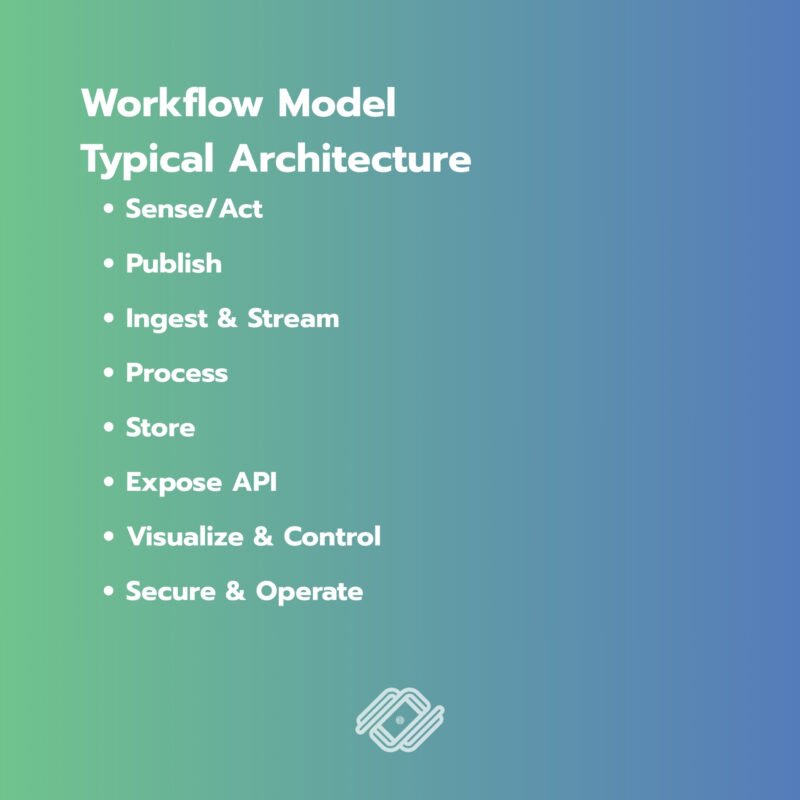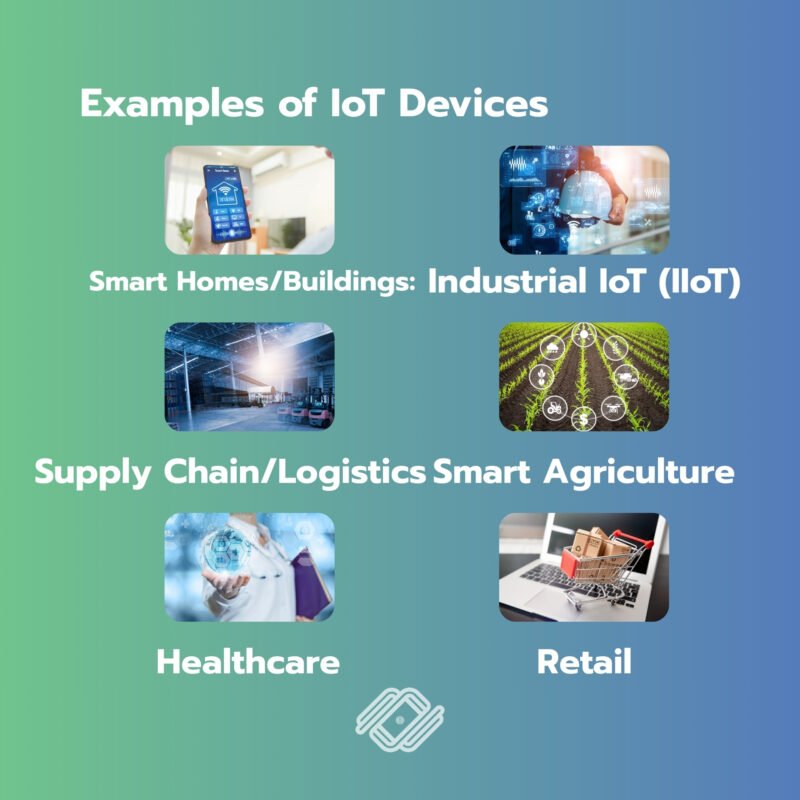
What is the Internet of Things (IoT)?
IoT (Internet of Things) refers to a network of physical devices (things) equipped with sensors/actuators, connected to the internet, and able to communicate data either with each other or with a central system automatically. Examples include temperature sensors, cameras, machinery, vehicles, refrigerators, and smart meters.
When combined with a Web App, IoT allows users to monitor status in real time, remotely control devices, and analyze data to improve business operations.
Key Components of IoT + Web App Systems

- Devices/Edge: Collect sensor data and execute actuator commands
- Connectivity: Wi-Fi, Ethernet, 4G/5G, LoRaWAN, NB-IoT, BLE, etc.
- Protocols/Gateway: MQTT, HTTP(S), CoAP, WebSocket, OPC-UA
- Cloud/Platform: Data storage, processing, streaming, and alerts (AWS IoT, Azure IoT, GCP IoT, or open-source like EMQX, Mosquitto)
- Web App/Frontend: Dashboards, graphs, alerts, configuration, user access
- Security: TLS, authentication, authorization, and firmware updates (OTA)
Workflow Model

Typical Architecture (Device → Web User):
- Sense/Act – Devices collect values (temperature, motor status) or receive commands.
- Publish – Devices send data to a message bus (e.g., MQTT Broker) using topics like `factory/line1/temp`.
- Ingest & Stream – Cloud services receive data streams (MQTT → Stream → DB/Time-Series).
- Process – Define rules/alerts, aggregate data, trigger serverless functions.
- Store – Save data in time-series or NoSQL databases (InfluxDB, TimescaleDB, DynamoDB).
- Expose API – Provide REST/GraphQL or WebSocket for Web Apps.
- Visualize & Control – Web Apps display real-time charts and send commands back to devices.
- Secure & Operate – Device management, OTA updates, key/certificate handling, and logging.
Common Technology Pairings
– Edge: ESP32, Raspberry Pi, PLC (Modbus/OPC-UA)
– Message: MQTT (Mosquitto/EMQX), AMQP
– Backend: Node.js/NestJS, Python/FastAPI, Go/Fiber
– DB: InfluxDB/TimescaleDB/Redis (for latest values)
– Web App: React/Vue + WebSocket/GraphQL + Tailwind/Chart.js
– Security: mTLS, OAuth 2.0/OIDC for users, RBAC/ABAC
Examples of IoT Devices

- Smart Homes/Buildings: Temperature-humidity sensors, smart plugs, smart locks, IP cameras
- Industrial IoT (IIoT): PLCs, vibration sensors, energy meters, RFID readers, robotic arms
- Supply Chain/Logistics: GPS trackers, cold-chain sensors, digital scales
- Smart Agriculture: Soil/moisture sensors, weather stations, automated irrigation valves, drones
- Healthcare: Heart rate/blood pressure monitors, wearables
- Retail: Smart coolers, electronic shelf labels (ESL), customer analytics cameras
Business Benefits
- Real-Time Visibility: Detect issues quickly, reduce downtime, improve OEE
- Operational Efficiency: Automate workflows, adjust parameters instantly, reduce manual labor
- Cost Savings: Optimize energy usage, enable predictive maintenance
- Enhanced Customer Experience: Proactive alerts and predictive after-sales services
- New Revenue Models: Device-as-a-Service, usage-based contracts
- Data-Driven Decisions: Dashboards and analytics for smarter investments
- Compliance & Security: Maintain detailed logs for audits and regulations
Tips for Developing Web Apps for IoT
- Flexible topic/schema design: e.g., `site/{siteId}/device/{deviceId}/sensor/{type}`
- Choose protocols by use case: Telemetry with MQTT, large file transfers with HTTPS
- Separate Control and Data Planes: Avoid interference under heavy load
- Time-Series First: Always store values with timestamp, timezone, and quality/status
- Scalability & Reliability: Handle high message volume (QoS, backpressure, retry)
- Secure by Design: Use mTLS for devices, rotate keys, implement allow lists
- Device Management/OTA: Enable remote firmware updates and configuration
- Observability: Metrics, logs, traces, and dead-letter queues for error handling
Web App (basic concept) for real-time data
– Two common approaches:
- Backend subscribes to MQTT → forwards data to Web App via WebSocket/SSE
- Web App connects directly using MQTT over WebSocket (with strict access control)
Conclusion
Integrating IoT with Web Apps empowers businesses to Sense–Think–Act: sense device status, analyze and decide, and instantly take action. With secure, scalable, and flexible architecture, organizations can unlock benefits in efficiency, cost reduction, customer experience, and even create entirely new revenue models.
—
If you want your business to reach online customers and achieve sustainable marketing results, we are happy to provide consultation on what you need.
For further inquiries, contact us at:
Tel. 093 696 4498 Line OA: https://lin.ee/po8XduU
E-mail: mongkontep@pkindev.com
Inverze Solutions Co., Ltd. has received numerous awards for its achievements
